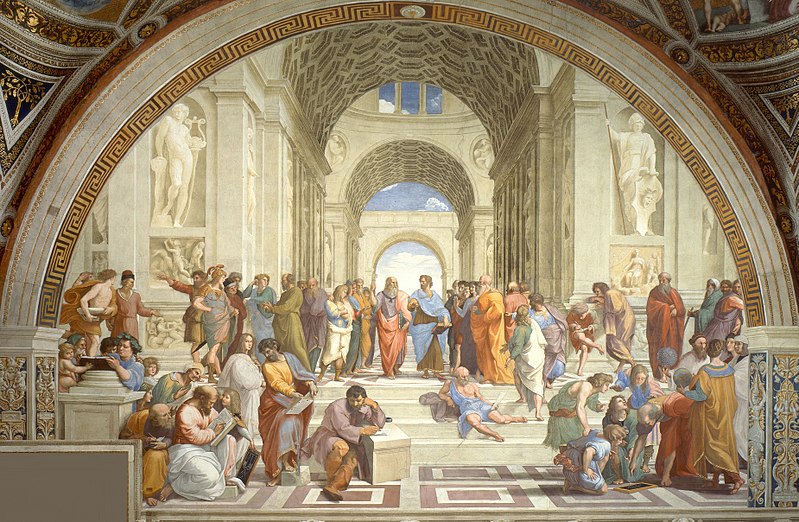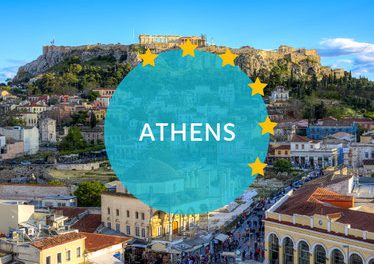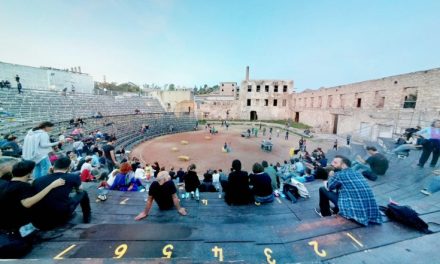On the occasion of today’s opening of the new school year in Greece that takes place with all the necessary safety measures to prevent the spread of the Covid-19 pandemic, Greek News Agenda pays tribute to the heritage of “Τhe School of Athens”, which is presented through the new exhibition taking place at the Benaki Museum (September 3, 2020- October 11, 2020), under the title “Τhe School of Athens: Venice Architecture Biennale 2018” .
The exhibition’s title is inspired by Rafael’s masterpiece “The School of Athens”, one of four frescoes in the Stanza della Segnatura, which has become a symbol of the Renaissance. More specifically, the fresco – whose main figures are the great Greek philosophers Plato and Aristotle– is considered to capture the roots of Western intellectual tradition by representing the marriage of art, philosophy, and science. It is also no coincidence that many of the words used today for educational institutions in many languages (gymnasium, lycée, academy etc) derive from the names of these two centers of learning (Plato’s Academy and Aristotle’s Lyceum) in ancient Athens. Furthermore, on either side of Plato and Aristotle – as depicted in “The School of Athens” – are the main thinkers of the classical world: the philosophers, poets and abstract thinkers are on Plato’s side, while the physical scientists and more empirical thinkers are on the side of Aristotle.
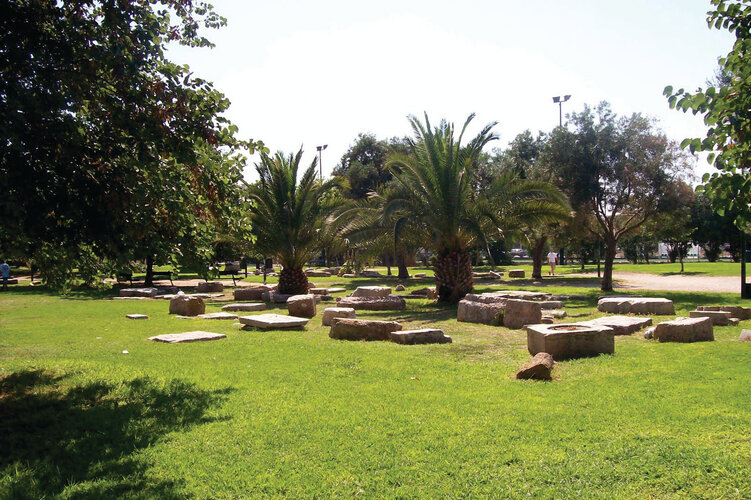 As mentioned in the Benaki Museum’s press release, the “School of Athens” is an ambition; a utopian vision of a free, open, informal, and common space for learning. It is an in-between space; neither inside nor outside, not quite a room, but also not simply a space for circulation. It is not a classroom, and yet we see scholars and students debating, teaching, and studying. Although we typically think of learning taking place in the classroom, educators and architects have recognized for thousands of years that learning also takes place in the space between; in the hallways, on the stairs, at the café, in the courtyard – the spaces we call the academic commons. Socrates, who is considered by many the father of Western philosophy, taught in the Agora, while Plato founded his Academy in the olive grove outside of Athens and often taught while walking. Medieval colleges were organized around a communal courtyard and 20th century universities are filled with generous circulation corridors that double as informal learning spaces.
As mentioned in the Benaki Museum’s press release, the “School of Athens” is an ambition; a utopian vision of a free, open, informal, and common space for learning. It is an in-between space; neither inside nor outside, not quite a room, but also not simply a space for circulation. It is not a classroom, and yet we see scholars and students debating, teaching, and studying. Although we typically think of learning taking place in the classroom, educators and architects have recognized for thousands of years that learning also takes place in the space between; in the hallways, on the stairs, at the café, in the courtyard – the spaces we call the academic commons. Socrates, who is considered by many the father of Western philosophy, taught in the Agora, while Plato founded his Academy in the olive grove outside of Athens and often taught while walking. Medieval colleges were organized around a communal courtyard and 20th century universities are filled with generous circulation corridors that double as informal learning spaces.
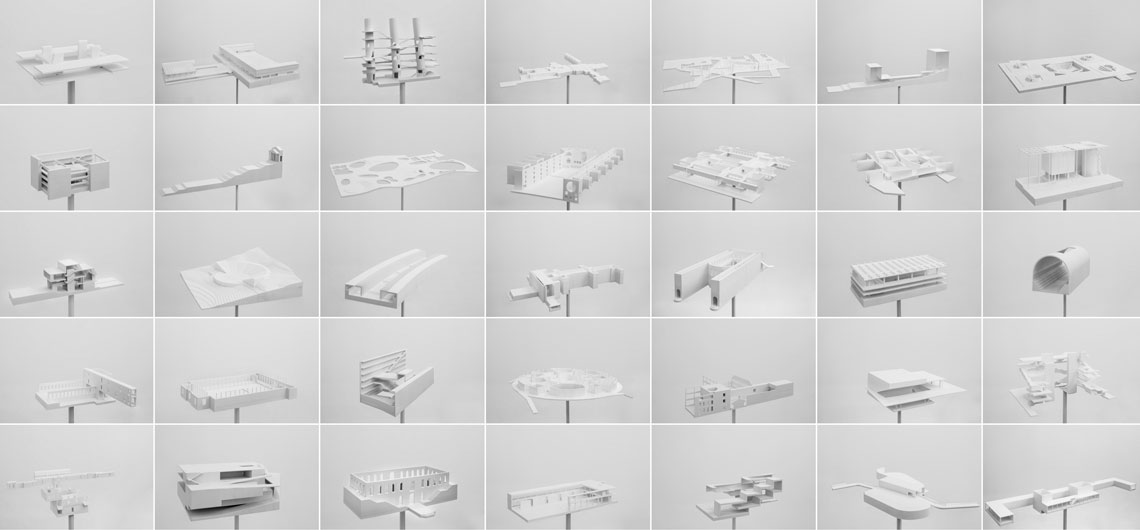 The “School of Athens” exhibition showcases physical models of 70 different academic common spaces from across history and around the world, both realized and unrealized. All models are printed at the same scale – 1:200 – and show only the portion of the university that we have identified as the academic commons, excluding all of the other closed spaces like classrooms and offices. By no means canonical or complete, this work is an ongoing and evolving research project – an ever expanding spatial atlas of the architecture of the academic commons.
The “School of Athens” exhibition showcases physical models of 70 different academic common spaces from across history and around the world, both realized and unrealized. All models are printed at the same scale – 1:200 – and show only the portion of the university that we have identified as the academic commons, excluding all of the other closed spaces like classrooms and offices. By no means canonical or complete, this work is an ongoing and evolving research project – an ever expanding spatial atlas of the architecture of the academic commons.
The exhibition at the Benaki Museum, which is curated by the Neiheiser -Argyros studio, continues and expands the research exhibited at the Greek National Pavilion at the 2018 Venice Architecture Biennale and forms a collaboration between students of the National Technical University in Athens (NTUA) and the Architectural Association (AA) in London.
More info: visit the Benaki Museum official website
Visit also: Plato Academy – roads of knowledge website and read (via GNA): Plato’s Academy Goes Digital
E.S.
TAGS: ARCHITECTURE | ATHENS | FESTIVALS | HERITAGE | HISTORY

